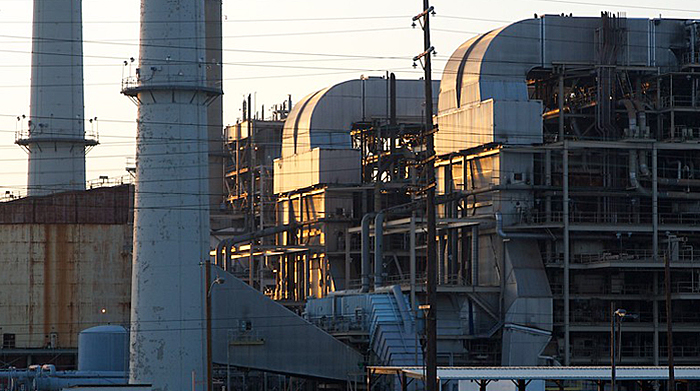EIA Analysis Shows How Winter Storms Disrupt Natural Gas Production

Image courtesy of Jon Sullivan under Attribution-NonCommercial 2.0 Generic License, resized to 700 x 391 pixels.
A recent analysis from the U.S. Energy Information Administration (EIA) reveals that winter storms the past 4 years have interrupted natural gas production to the tune of 15 billion cubic feet per day (Bcf/d)! Further, these winter-storm-related declines represented the largest interruptions to U.S. natural gas production during these same 4 years.
Diving Deep into the Recent Winter Natural Gas Production Declines
Generally speaking, interruptions to gas production – resulting from events such as severe weather, maintenance downtime, and temporary oversupply conditions – can occur at any time throughout the year. And whenever an interruption occurs in one of the major gas-producing regions (Appalachia, Permian, and Haynesville counted for 66% of U.S. production in 2023), it can be felt nationally.
Over the last 4 winters, 3 storms in particular have had an outsized impact – Winter Storm Elliott, Uri and Heather. These storms had a large impact on the Permian Basin in western Texas and southeastern New Mexico. The primary reason is that a percentage of the gas infrastructure in this region is not winterized. One impactful consequence of this was felt during Winter Storm Uri in 2021, which tanked natural gas production by a whopping 45% in Texas, leading to widespread power outages.
Luckily, new winterization regulations for Texas were introduced in 2022. In addition, processes designed to reduce the impact of cold weather on natural gas infrastructure are constantly evolving. Tactics to prevent involuntary “freeze offs” include injecting chemicals like methanol into the gas stream, embedding compressors and similar machinery into enclosures to minimize exposure, and utilizing technologies such as air dryers, windbreakers, temperature sensors, pipe insulation with built-in heating cables, or portable heaters.
The bottom line is that winter-related interruptions to natural gas production represent a major thorn in the side for utilities. It hurts the gas utilities by reducing the gas heat their customers need, and it hurts electric utilities because it can cause downstream power outages. Although regulatory and technological improvements have been introduced to improve the situation, the threat of interruptions to natural gas production remains a critical risk across the industry.



